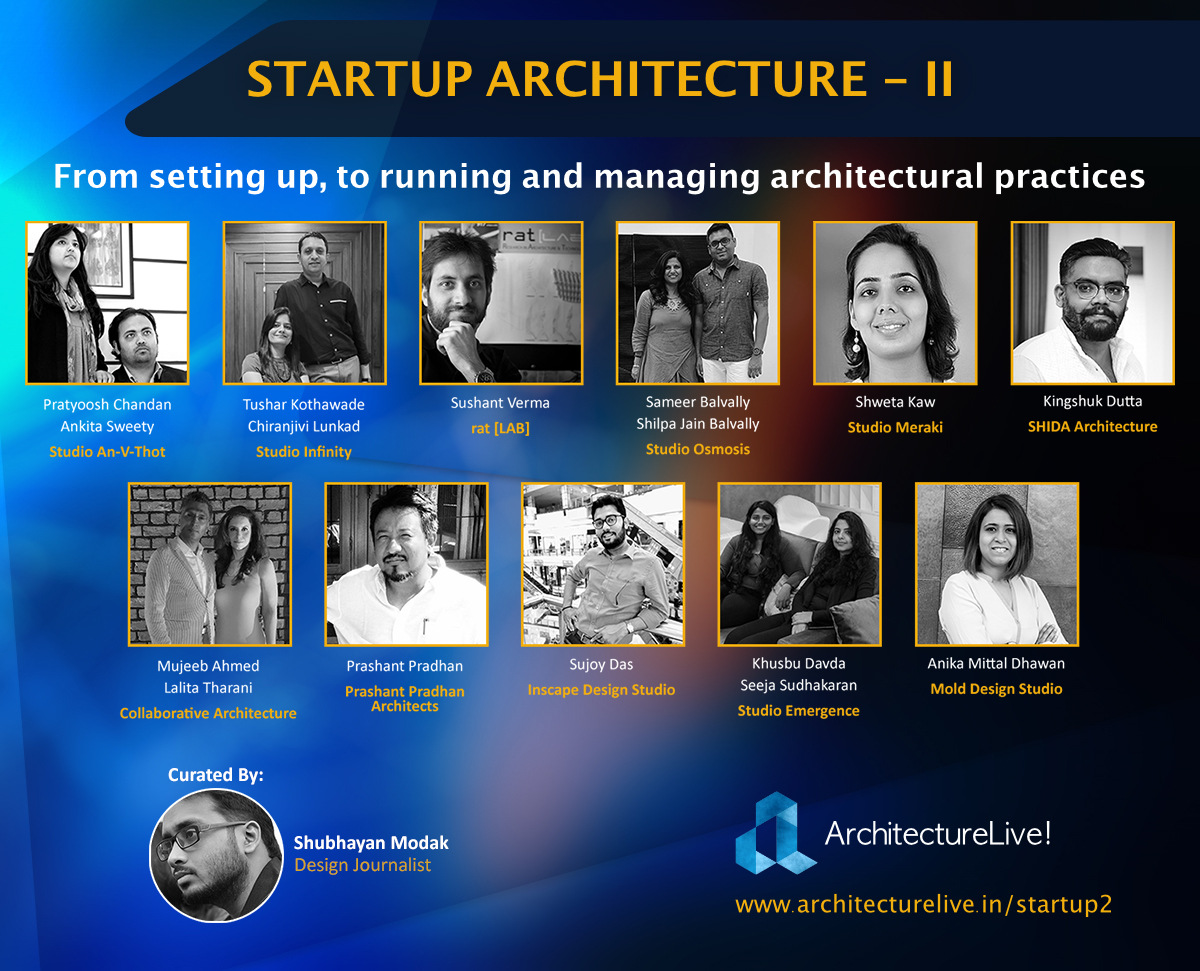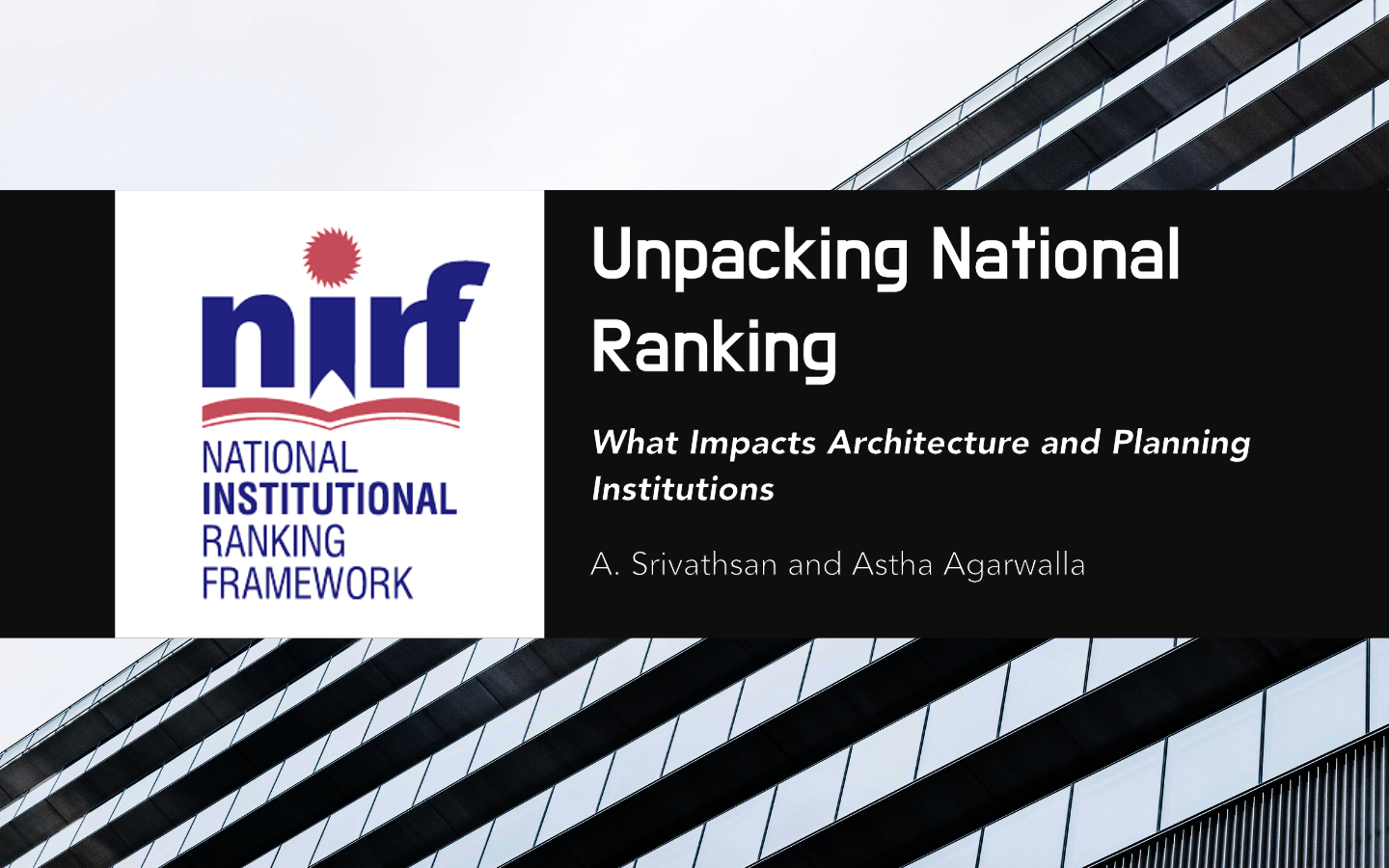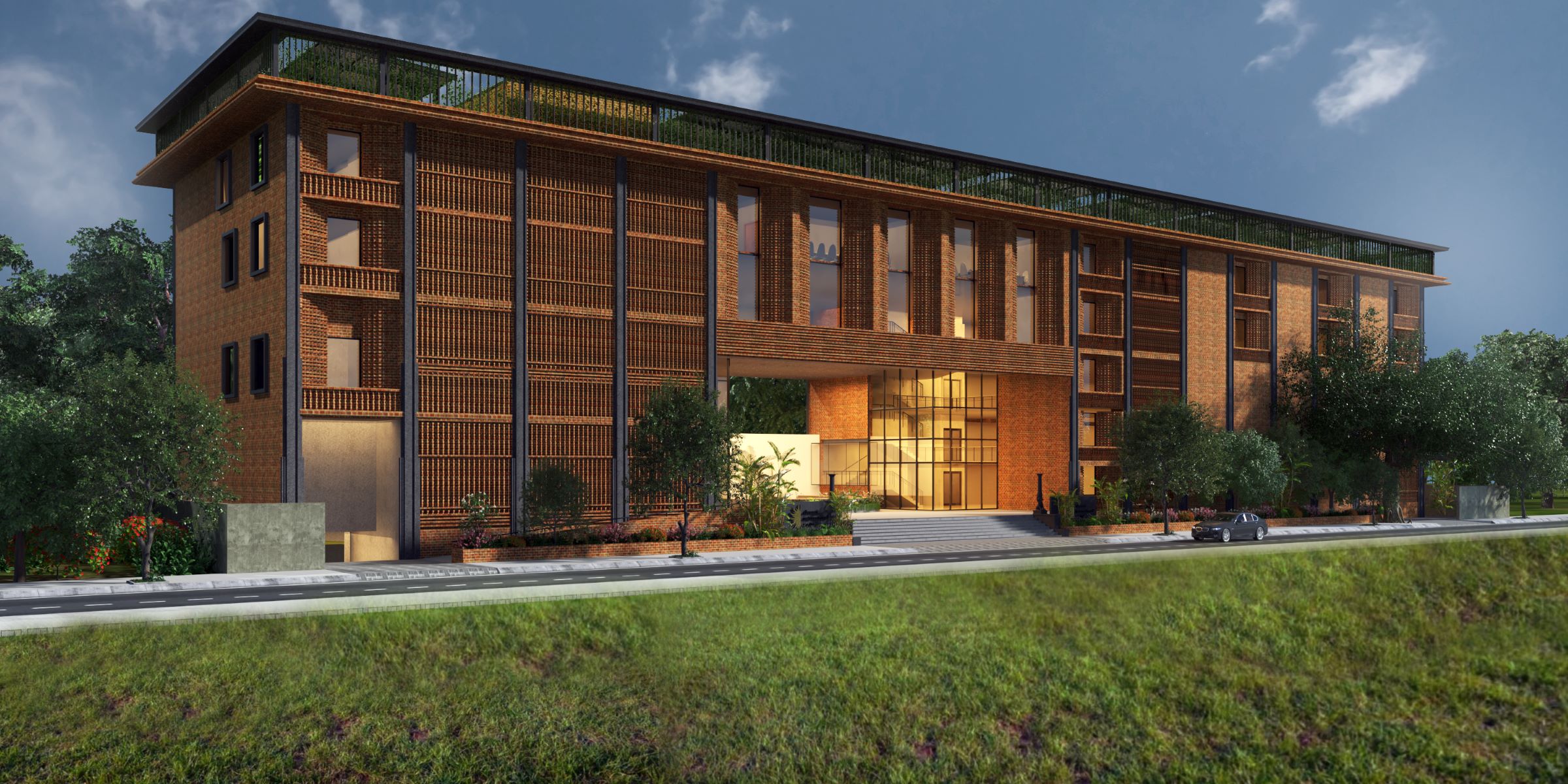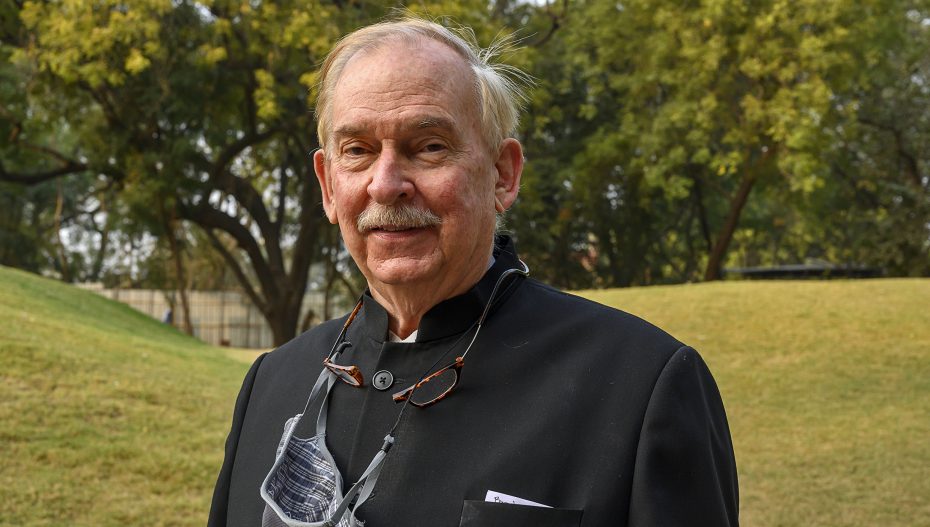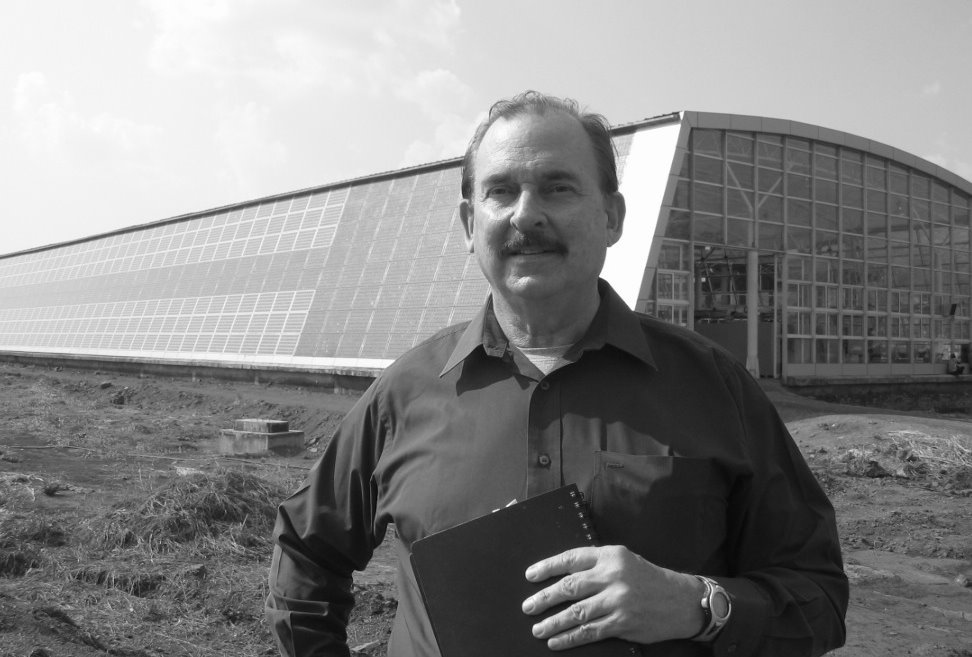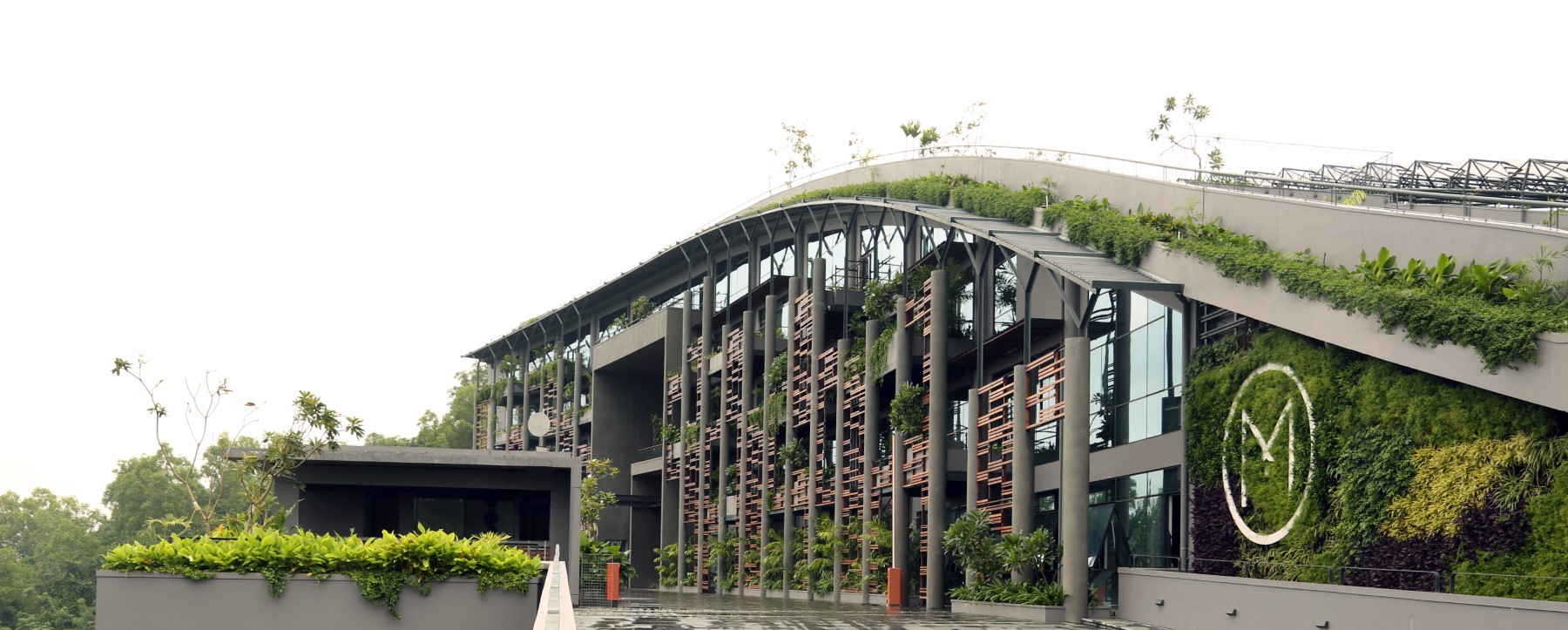Balancing the yin and yang into the perfect circle is perhaps the biggest challenge for any individual in his life, let alone designers. And to assume that the journey consists of only one of them would be a bigger mistake- success comes in complimentary terms to adversities, and this relation is mutually exclusive.
I have come across an interesting relationship- an enhanced creative aesthetic always demands an utmost freedom of expression, something that majority fails to obtain in their work setup. This propels individuals to steer their energy and motivation towards something that they can call their own- entrepreneurs are born this way. This sounds very fancy, and definitely gives butterflies in the stomach, just not to the entrepreneur.
The process of creating something that you can call your own can be broken up into three distinct and simple phases. Pre-establishment, Establishment and Post Establishment.
Pre-Establishment:
The biggest hurdle in this phase is fear Fear of failure, financial insecurity and a good chance of getting knocked down by the burden is where 95% of visionaries back out. Let us have a short look:
You are not sure about quitting your current profile as you feel it’s unsafe to push yourself into unsure waters.
You being a young soul, you’re not sure about how long your bank balance can support you.
You’re sure about your idea, but face funding issues.
You’re skeptical about success; what if it fails? The ‘then what’ clause haunts you.
The omnipresent social anxiety, paired with ‘log kya kahenge’ quotient in case of an unsuccessful attempt.
One who has figured these out starts thinking about successfully running the business. Again, let us have a look at the scene from the viewpoint of an architect:
How good is my industry links? Does enough people know me? Will I get work?
Is my portfolio strong enough for people to approach me?
Will they put their trust on me?
How will I manage to run the organization? I do not completely know, and have never done this before.
Once, these questions are satisfactorily answered (and it takes years to do the buildup), the time comes for the leap. Establishing the set of beliefs and self-reinforcing the idea that you will be successful is the biggest challenge. This consists of about 75% of the procedure.

Establishment:
The easiest portion of the job, this involves registration, legal formalities and preparing the business model for your organization. One must decide on the structure and hierarchy after considerable thoughts because the model will be followed till the last day, and changing them at a later stage is a tiresome procedure.
Post-Establishment:
Now is the time to put in your best effort in making your dream a success. The first few years are the most crucial, the maximum number of startups fail to cross the first two years owing to lack of vision, poor managerial and financial decisions. Let us have a look at the scene:
You need to be focused on the product and work dedicatedly towards the same; trying to do everything at once is devastating.
Acquiring good employees is a major challenge- talent management is an essential step in setting up your workforce.
A constant flow of work is a must.
An equally good and constant output is the milestone to setting up trust amongst your clients.
And like they say, happy clients bring in more clients, and it all boils down to how good you serve the people who pay you.
In the second part of Startup Architecture, we are trying to look at the phase of your thoughts. When did the thought pop up? How did you prepare yourself for the shift? What were your apprehensions and fears? How well did you get over it? And how, from the start have you been spearheading it towards success?
Startup Architecture II looks at a few young, dynamic and bold architectural practices and delve deep into what it took to build their firms from scratch, and before that.

